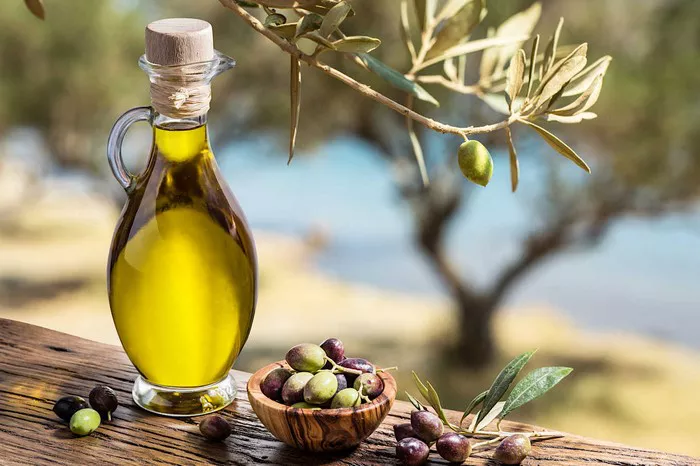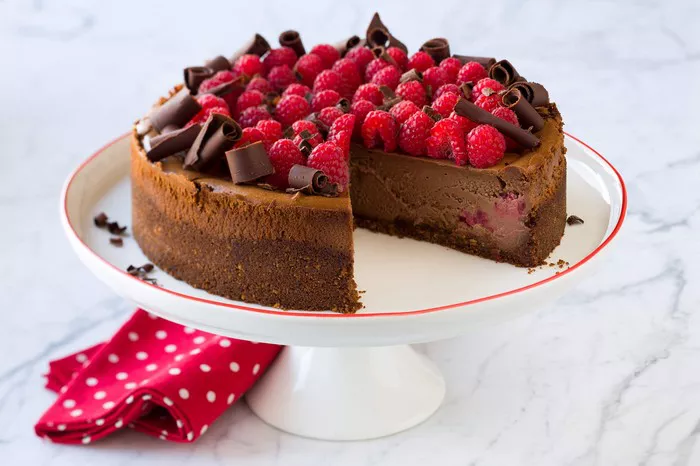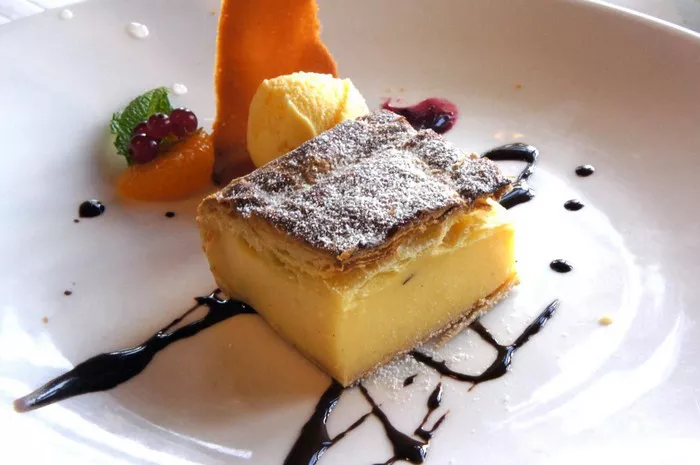Pastel de Nata is a traditional Portuguese pastry that has gained popularity worldwide due to its delicious taste and delicate texture. Often referred to as a custard tart, it is a delightful treat that combines a crispy, flaky pastry shell with a smooth, creamy custard filling. In this article, we will take a detailed look at what pastel de nata is made of, the ingredients used, the history behind the pastry, and how it is prepared.
The Essential Ingredients of Pastel de Nata
Pastel de nata is a simple yet rich pastry. The main ingredients include pastry dough, egg yolks, sugar, milk, flour, and vanilla. Each of these components plays an important role in creating the delicious and unique flavor and texture of the tart.
1. Puff Pastry
The base of pastel de nata is made from puff pastry, a light and flaky dough. Puff pastry is created by layering butter between thin layers of dough, which are then folded and rolled repeatedly. This process, called lamination, creates hundreds of delicate layers that puff up when baked. The result is a crispy, golden crust that contrasts perfectly with the soft custard filling.
The puff pastry is carefully shaped into individual tart molds before baking. The pastry should be thin and crisp on the outside, but soft and tender on the inside.
2. Egg Yolks
Egg yolks are the star ingredient in the custard filling. They give the pastel de nata its signature rich, smooth texture and golden color. The yolks are used in combination with sugar, milk, and flour to create the custard. The eggs are carefully beaten and mixed with the other ingredients, then cooked over low heat until the custard thickens.
The use of egg yolks helps bind the filling together and provides a luxurious creaminess that melts in the mouth. This is what makes pastel de nata so irresistible.
3. Sugar
Sugar is essential for sweetening the custard filling. It balances the richness of the egg yolks and adds the perfect level of sweetness to the tart. The sugar is typically dissolved in the milk before being mixed with the other ingredients to create the custard. Depending on the recipe, some variations might include a bit of cinnamon or lemon zest to enhance the flavor.
The sweetness of the sugar also complements the buttery richness of the puff pastry, creating a perfect harmony of flavors.
4. Milk
Milk is used to create the smooth custard filling. It helps dilute the egg yolks and sugar mixture, giving it a creamy texture. Whole milk is typically preferred for its richness, although some recipes might use a combination of whole milk and heavy cream for an even creamier result.
When preparing the custard, the milk is heated and then combined with the eggs and sugar, stirring constantly to prevent curdling. This step is crucial for achieving the perfect custard consistency.
5. Flour
Flour is used to thicken the custard filling and give it structure. It is typically added to the egg yolk, sugar, and milk mixture and cooked until it forms a smooth, thick custard. The flour ensures that the custard will set properly and not be too runny when baked.
A small amount of flour goes a long way in making the custard creamy and smooth, and it contributes to the overall texture of the tart.
6. Vanilla
Vanilla is often added to the custard to enhance the flavor and aroma of the pastel de nata. A small amount of vanilla extract or a vanilla pod can be used to infuse the custard with a warm, fragrant note. This subtle sweetness from the vanilla complements the richness of the eggs and sugar, giving the pastry a well-rounded flavor.
Vanilla is an important ingredient that elevates the overall taste of pastel de nata, giving it a distinctive and comforting flavor.
The Preparation Process
Making pastel de nata involves two main components: preparing the puff pastry and making the custard filling. The steps for each are simple, but require attention to detail to ensure the tart turns out perfectly.
Step 1: Preparing the Puff Pastry
To make the puff pastry, the dough is rolled out into a thin sheet, and cold butter is spread over it. The dough is then folded several times to create multiple layers. This process is repeated until the dough is thin and pliable, with enough layers to create the characteristic flakiness.
The dough is cut into circles that are then placed into individual tart molds. The pastry needs to be chilled for a short time before being baked, as this helps maintain the layers and ensures that the pastry puffs up perfectly in the oven.
Step 2: Preparing the Custard Filling
The custard filling is made by heating the milk in a saucepan. In a separate bowl, the egg yolks are whisked together with sugar and a small amount of flour. Once the milk is heated but not boiling, it is gradually poured into the egg mixture while stirring continuously. This process is known as tempering, and it helps prevent the eggs from scrambling when added to the hot milk.
Once the mixture is combined, it is returned to the saucepan and cooked over low heat until it thickens. The custard is then strained to remove any lumps, ensuring that it has a smooth consistency. Finally, a dash of vanilla is added to the custard, giving it a pleasant fragrance.
Step 3: Assembling the Pastéis de Nata
Once the pastry shells are prepared and the custard filling is ready, the tarts are assembled by pouring the custard into the pastry shells. The custard should fill the shell to the top but not overflow. The tarts are then baked in a very hot oven until the pastry is golden brown and crispy, and the custard has developed a slightly caramelized top.
The History of Pastel de Nata
Pastel de nata has a rich history, rooted in Portuguese tradition. Its origins date back to the 18th century, when it was first made by the monks at the Jerónimos Monastery in Belém, a district in Lisbon. The monks used egg whites to starch their habits, which left them with an abundance of egg yolks. To avoid waste, they began creating pastries using the yolks, sugar, and other ingredients they had on hand.
Over time, the recipe for the pastries spread beyond the monastery, and the tarts became a popular snack among the local people. In the early 19th century, the monastery was dissolved, and the recipe was sold to a nearby pastry shop, where it was refined and became known as “pastéis de Belém.” Today, the pastry is simply known as pastel de nata, and it is enjoyed across Portugal and the world.
Why Pastel de Nata is So Popular
Pastel de nata’s popularity can be attributed to its irresistible combination of textures and flavors. The crisp, buttery pastry provides the perfect contrast to the smooth, creamy custard filling. It is the ideal balance of sweetness and richness, making it a treat that can be enjoyed at any time of day. Whether paired with a coffee or enjoyed as a dessert, pastel de nata is a delightful indulgence.
Additionally, pastel de nata has become a symbol of Portuguese culture and tradition. Many tourists visiting Portugal make it a point to sample the famous tarts in Lisbon or at local bakeries. The pastry has also spread globally, with many bakeries in other countries now offering their own versions of this beloved treat.
Conclusion
In conclusion, pastel de nata is a traditional Portuguese pastry made from puff pastry and a rich custard filling. The main ingredients include puff pastry, egg yolks, sugar, milk, flour, and vanilla. Each of these ingredients plays a vital role in creating the tart’s distinctive texture and flavor. Whether enjoyed fresh from the oven in a Portuguese bakery or homemade in your own kitchen, pastel de nata remains a delicious and beloved treat with a rich history and unmistakable charm.
Related topics


























